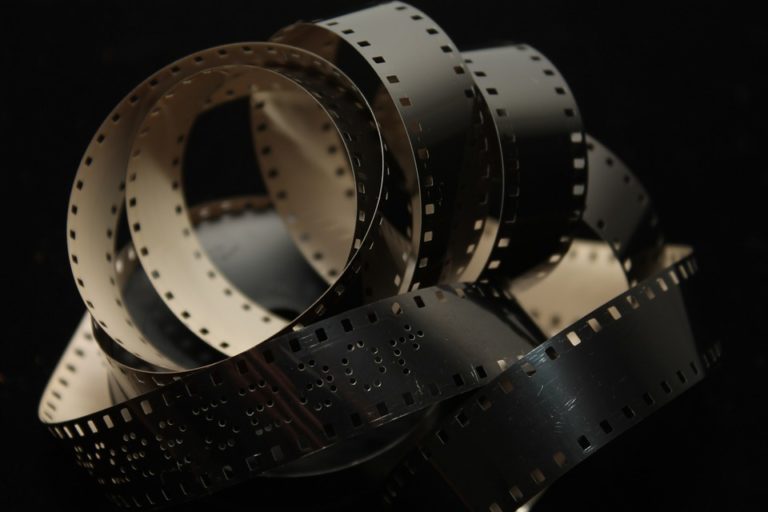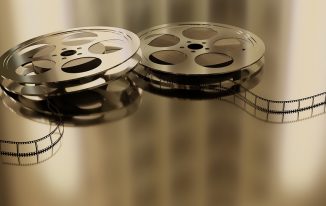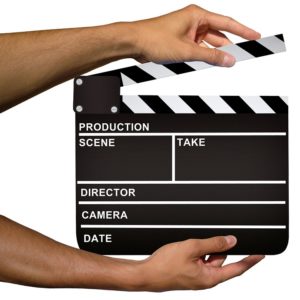I am not really a fan of documentaries and I think there are many like me. But still, I must tip my hat to all those screenwriters behind documentaries. I mean, it’s hard enough to come up with the concept for a fictional story if you ask me, so to actually write a whole script for a documentary that should consist of factual information, is a very tall ask.
Let’s together take a look at the screenwriting process for documentaries.
Basic Screenwriting for Television Documentaries
“The whole history of movie-making has been to portray extraordinary things, and no one has felt that much confidence in looking at life itself and finding the extraordinary in the ordinary.”
-Albert Maysles, a documentary filmmaker
A documentary presents factual information about actual events, people, societies, cultures, places, experiences, ideologies, etc. Everything a viewer sees or hears during a documentary must be genuine. A contract of trust exists between the spectators and the makers of a documentary. The writer must respect this contract by presenting correct facts.
There are many types of documentaries, which can be classified according to various criteria. A first and important distinction exists between documentaries produced for theatrical release and those produced to be broadcast on television. Documentaries with theatrical release have become more common and popular in the last ten years. A few examples are Morgan Spurlock’s Supersize Me, Michael Moore’s Farenheit 9/11 in 2004 and David Guggenheim’s 2006 An Inconvenient Truth.

Today, we will focus on television documentaries, which are further divided between the one-off feature-length documentary and documentary series. The difference between the two lies in the duration of each documentary. The feature-length television documentary is usually between 90 to 120 minutes while each instalment of the documentary series will be either for a 30-minute or 60-minute time slot. There is a rich variety within the television documentary series’s sub-category: society documentaries, natural science documentaries, biographical documentaries, topic-focused documentaries, etc.
Documentaries are becoming increasingly entertaining. While previous generations of documentarians aimed to maintain a cold and intellectual tone, contemporary documentaries weave their subject matter’s true facts into an engaging story. Television documentaries, similarly to television shows, are competing against other channels and activities. For instance, Bill Nichols has further divided documentaries into six categories determining the documentary’s tone, voice, or style. Each category adopts writing conventions appropriate to its style and tone. These categories are not always clearly delineated in practice and they can sometimes overlap with each other.
Let’s review the six categories:
- Poetical Mode: This is the fragmentary style to the portrayal of events and characters, location and time. This slightly more abstract approach to documentaries is dated and was popular in the 1920s and 1930s.
- Expository Mode: It involves the use of a narrator, usually not visible on the screen, who directly addresses the audience in the presentation of the facts. This style of documentary is particularly well-suited for documentaries that aim to persuade the viewers of an argument.
- Observational Mode: Documentarians working within this style believe they should simply observe but not influence or alter their filming events. The filmmaker seems to be absent from the filmed events. The final effect is that the viewer feels s/he is present at the events, watching them as an outside observer.
- Participatory Mode: The name itself suggests a situation where the filmmaker and subject engage together in the recording and filmmaking process.
- Reflexive Mode: In this mode, the filmmakers are not simply engaged with the documentary’s subject(s), but they also directly address the spectators by asking them to take a stance in relation to the documentary.
- Performative Mode: These documentaries adopt an experimental approach. Drawing on techniques of avant-garde films and even fiction films, these documentaries emphasize our subjective experience of the world and our emotional responses. For example in Night and Fog, Alain Resnais does not present a historical analysis of the Holocaust. Centered around one survivor’s narrative, the documentary deals with the memory of that event’s subjective experience.
Of course, there’s more to discuss about documentaries but we will keep that for later. So, please share your comments and tell us what do you think about documentaries!




